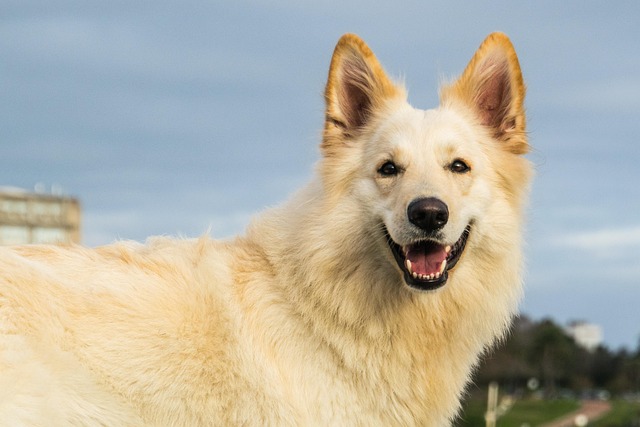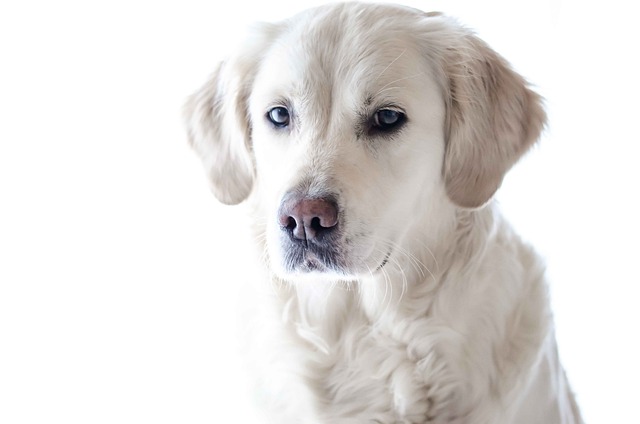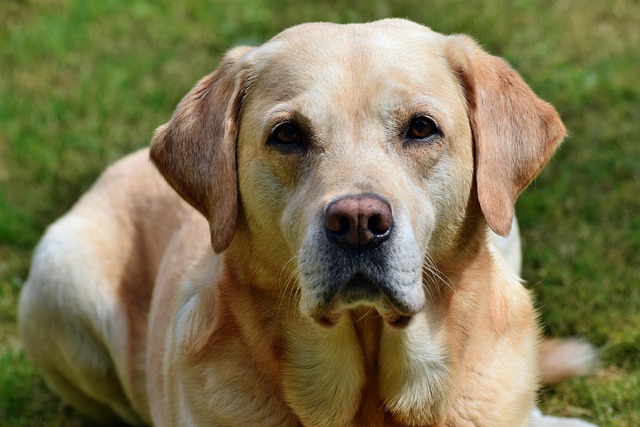
How to crate train a dog with separation anxiety?
Many new dog owners notice the same pattern: grabbing your keys triggers whimpers, paws scratch at the door, and suddenly your pup is in full panic mode.
There’s nothing quite like a pleasant stroll with your dog, but when they’re constantly pulling on the leash, it can turn an enjoyable outing into a frustrating tug-of-war. If you’ve ever wondered How can I get my dog to stop pulling on the leash, you’re not alone. With the right approach, you can transform your walks from a battle of wills to a harmonious experience.
The first step in curbing leash pulling is understanding why your dog does it. Dogs are naturally curious and often eager to explore their surroundings. Pulling might be their way of trying to reach interesting smells, other animals, or simply get to their destination faster. However, it’s crucial to remember that using punishment, such as yanking the leash hard or scolding your dog, is counterproductive. This not only goes against animal welfare principles but can also create fear or aggression, making the problem worse. Instead, positive reinforcement is the key to success. When your dog exhibits the behavior you want—walking calmly beside you—reward them immediately. This could be with a small, delicious treat, like a piece of cooked chicken or a favorite kibble, along with enthusiastic praise.
One effective technique is the “stop - and - wait” method. As soon as your dog starts to pull, come to a complete halt. Stand still and avoid moving forward until the tension on the leash relaxes. For instance, if you’re walking a Labrador Retriever that loves to charge ahead, the moment they tug, you stop. Once they look back at you or step closer, indicating they’re paying attention, take a few steps forward. If they continue walking calmly, reward them. This teaches your dog that pulling won’t get them where they want to go and that good behavior leads to positive outcomes.

Using the right equipment can also make a significant difference. Harnesses, especially those designed to discourage pulling like front - clip harnesses, can give you more control without causing discomfort to your dog. Unlike collars that can put pressure on the neck, front - clip harnesses redirect your dog’s pulling force to the side, making it harder for them to charge forward. But remember, the equipment is just a tool; training is still essential.
Gradually introduce distractions during your walks. Start in a quiet area with few temptations and, as your dog improves, move to busier locations. When distractions arise, use your dog’s name or a command like “heel” to get their attention. If they respond and stay by your side, reward them. In an apartment setting, be mindful of noise and space when practicing. You can start short training sessions indoors before venturing outside.
In the context of overall pet care, a healthy dog is more likely to respond well to training. Ensure your dog’s vaccinations, such as rabies and distemper shots, are up - to - date as required by law in many regions. Regular vet check - ups can also rule out any underlying health issues that might contribute to restlessness or excessive pulling. When out in public, always follow community etiquette. Keep your dog on a leash as required and clean up after them promptly. A well - behaved dog that walks calmly not only makes your outings more enjoyable but also sets a good example for other pet owners.
Getting your dog to stop pulling on the leash takes time and consistency. By using positive training methods, the right equipment, and patience, you can teach your dog to walk beside you calmly, turning your walks into a wonderful bonding experience.

Many new dog owners notice the same pattern: grabbing your keys triggers whimpers, paws scratch at the door, and suddenly your pup is in full panic mode.

Finding little surprises around the house is part of puppy parenthood, but that doesn’t mean it has to last. A new pup doesn’t know your rules—they’re still figuring out their own body signals, let alone where to go when nature calls.

Teddy bear puppies, with their squishy faces and fluffy coats, melt hearts easily—but when it comes to potty training, their cute exterior doesn’t always translate to smooth sailing.

That stubborn moment when your dog plants all four paws like a furry statue during your neighborhood stroll - while frustrating, this behavior usually signals something deeper than

That moment when you're trying to navigate your narrow apartment hallway and your Golden Retriever becomes an immovable furry roadblock

Dogs are creatures of habit, and when they start using their crate as a bathroom, it’s usually a sign something’s off in their routine or environment.